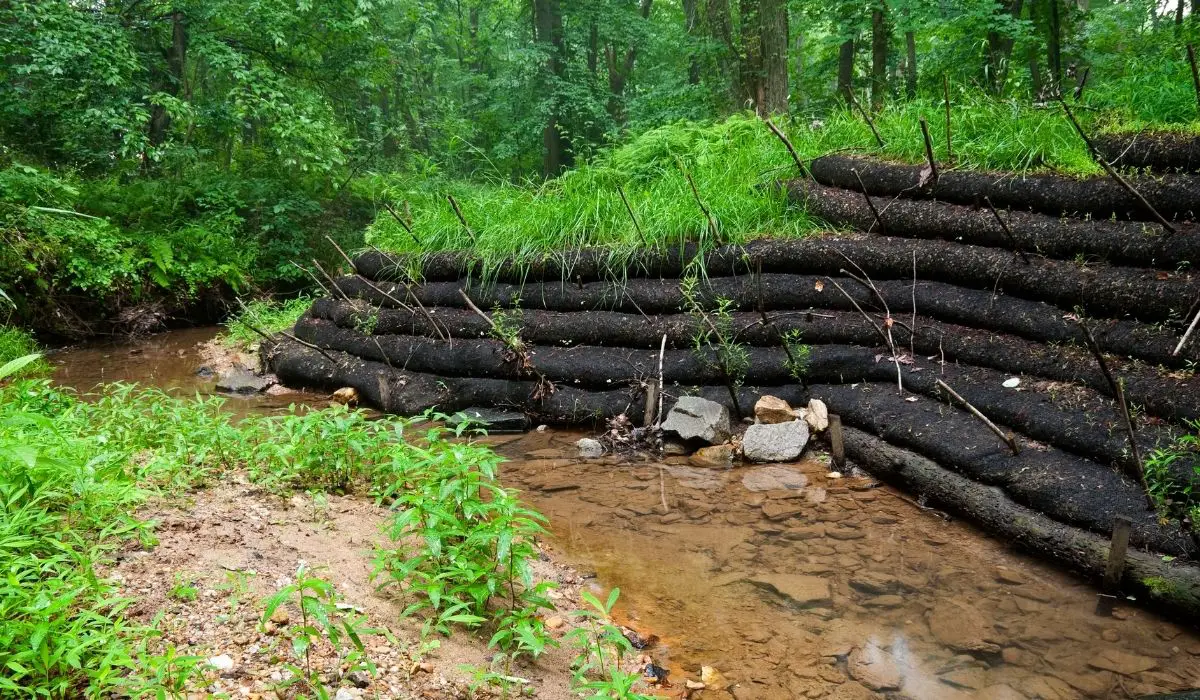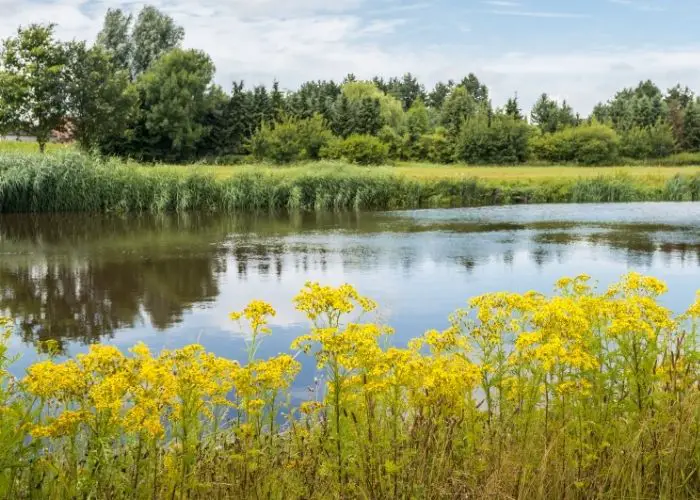The best plants for streambank stabilization should be able to hold the soil and keep it from eroding throughout its lifetime. They are used in stream and river restoration and rehabilitation projects.
The plants listed below have been tested for erosion and sediment control. They were chosen because they had good growth characteristics and were effective in holding soil.
The Best Plants For Stream Bank Stabilization
When choosing the best plants for streambank stabilization, choose those that do not need chemicals to grow. Chemicals can be harmful to water sources and the wildlife that lives within them.
Ideally, the plants should be resistant to drought, disease, and pests, so you want to choose plants that can handle these conditions. Some of the best plants for streambank stabilization are listed below.
1. Common Milkweed, Astragalus lentiginosus
Common Milkweed is a perennial plant native to North America. It is an Asclepiadaceae family member and grows about two to six feet tall. The leaves grow in opposite pairs along the stem, and they are light green with waxy hairs. The stems have small greenish pink, rosy pink to purplish-pink flowers.
Milkweed is an attractive addition to any garden, and it is easy to grow. After flowering, large seed pods develop. The wind disperses these pods open during warm weather and the seeds. Silky white hairs on the seeds help with wind dispersal.
Common Milkweed is recommended for streambank stabilization because it can tolerate drought and it has good resistance to insects and disease. It is also a good choice if you want to make your stream bank more attractive.
2. Buckwheat, Eriogonum nudum
Buckwheat is a perennial plant that grows about three to four feet tall. It has dark green leaves and small white flowers.
Buckwheat grows best in neutral or slightly acidic soils that are rich in organic matter. It is a very easy plant to grow, and it is an excellent choice for streambank stabilization. It has good resistance to insects and diseases. The seeds of buckwheat are edible, and the leaves can be used in salads and stir-fries.
3. Ragweed
Ragweed is an annual weed that grows one to four feet tall. It has pinnately lobed, hairy green leaves. The flowerheads face downwards and are grouped in drooping clusters.
Ragweed is common in the United States and pollen is very prone to causing allergies. It prefers heavy soils. It is most easily controlled by hand pulling, spraying with a contact herbicide, or hoeing when it grows out of control.
4. Common mallow
Common Mallow is a perennial plant that grows about two to four feet tall. It has leaves with wavy edges that are light green that sits atop long stems and the flowers are rose-purple. Common mallow grows best in most types of soils and is tolerant of drought.
Learn more about A List Of The Best Plants For Flood Prone Areas
5. Common mustard
Common Mustard is an annual herb native to Europe. The lower leaves are deeply lobed while the upper leaves are not. The four-petaled flowers are yellow and grow in small clusters.
Common mustard grows best in well-drained, fertile, loamy soils that are rich in organic matter. They are a cool season crop that has a short growing season.
6. Creeping Charlie
Creeping Charlie is a herbaceous annual plant that grows along the ground. It has small, round or kidney-shaped green leaves with scalloped edges.
The flowers are small bluish-purple in color and funnel-shaped. Creeping Charlie grows best in well-drained soil that is rich in organic matter.
Creeping Charlie is native to Europe and was introduced to the United States by settlers. It grows in a variety of habitats, including bottomland forests, streambanks, and gardens. It grows in moist or wet locations, and it can be found in areas with high humidity.
In Conclusion: The Best Plants For Stream Bank Stabilization
The best plants for streambank stabilization are fast-growing and hardy. They should be low maintenance and tolerant to moist soil.
Read more about The Best Plants For River Rock In 2022
Frequently Asked Questions
Is bamboo good to prevent erosion?
Yes, bamboo is an ideal choice for planting in areas prone to erosion. The bamboo’s fine root system provides a natural filter, which can retain soil particles, water and nutrients in the root zone, keeping them from washing away. This reduces the need for soil erosion control practices such as terracing, contour ploughing, and mulching.
Do hostas help with erosion?
Hostas are perennials and a good choice for erosion control. They are drought tolerant and have an attractive appearance. They also help retain moisture in the soil and help control weeds.
Is liriope good for erosion?
Liriope is a perennial grass. It is used for erosion control because it has deep roots that help it bind into the soil and prevent soil movement. It helps build soil stability and also provides a habitat for soil microorganisms.
Is Bermuda grass good for erosion?
Bermuda grass is a warm-season grass that grows well in most areas of the country. It is a good choice for erosion control because it can be mowed to keep it short and low-growing.
The plant also looks nice when cut. Bermudagrass will also hold onto moisture better than other turfgrass types.

